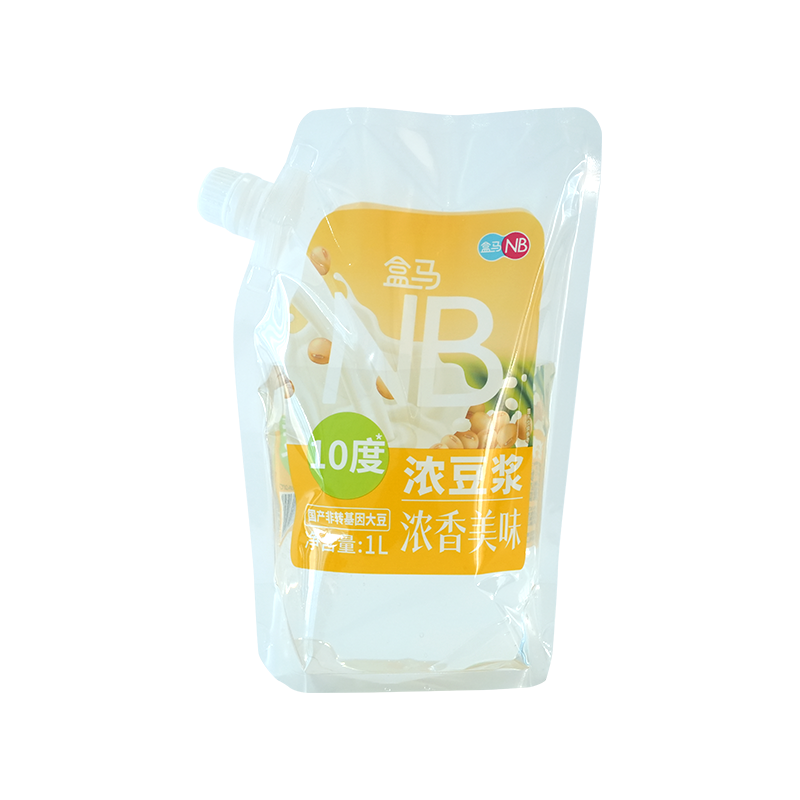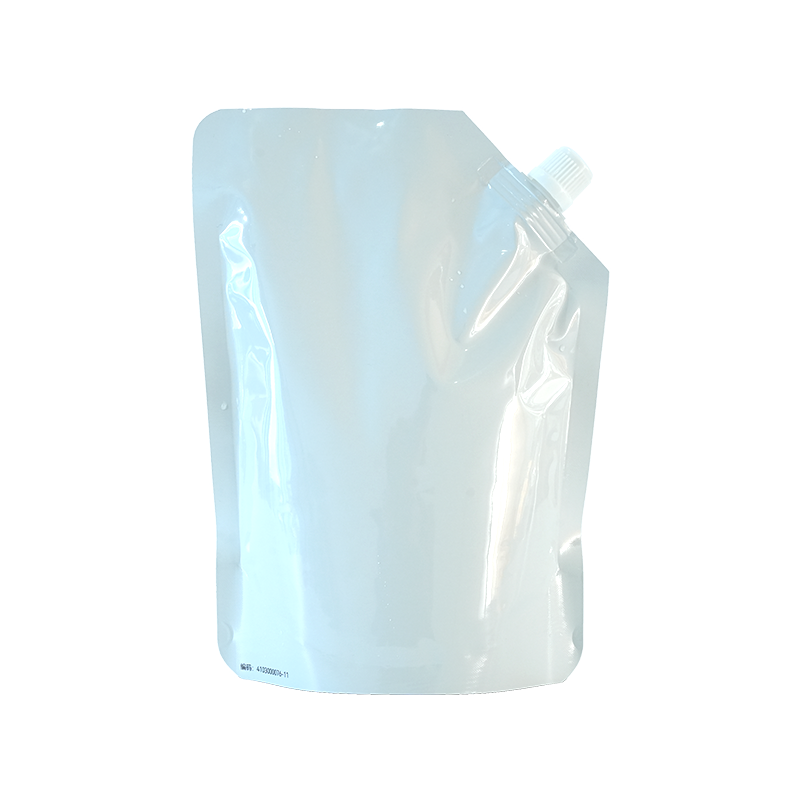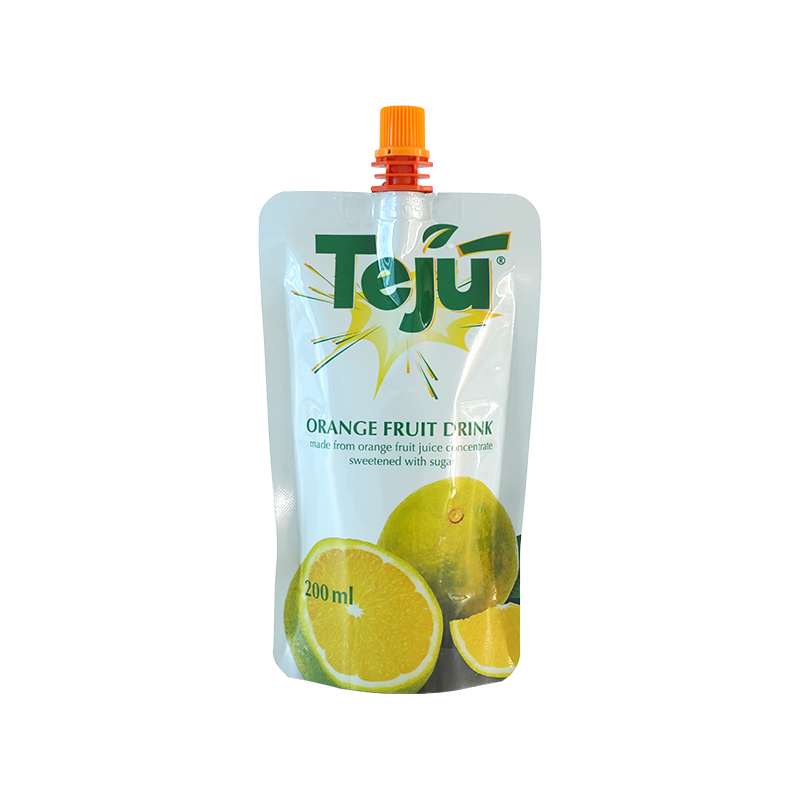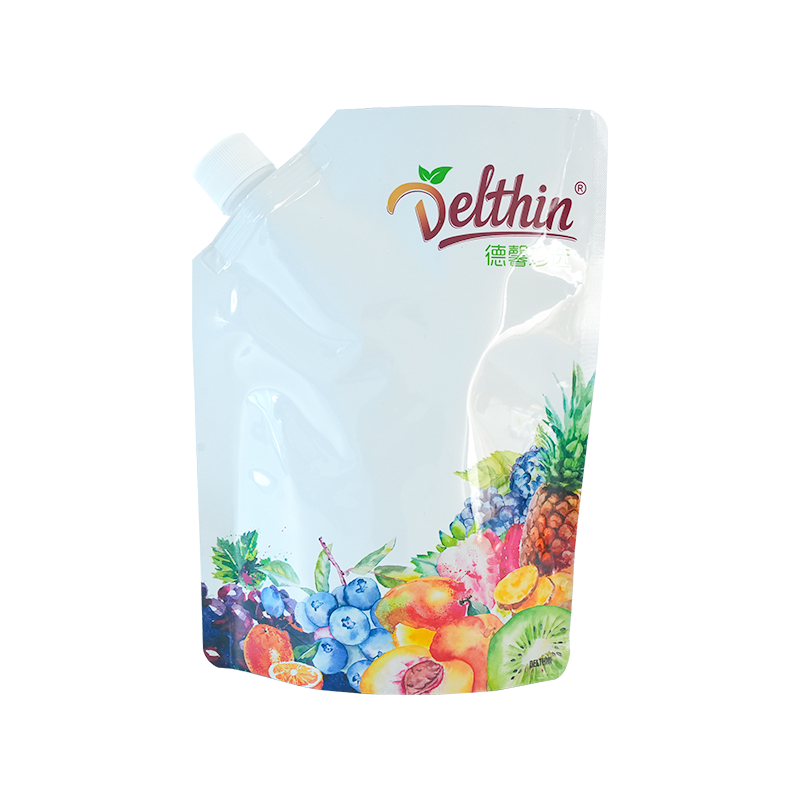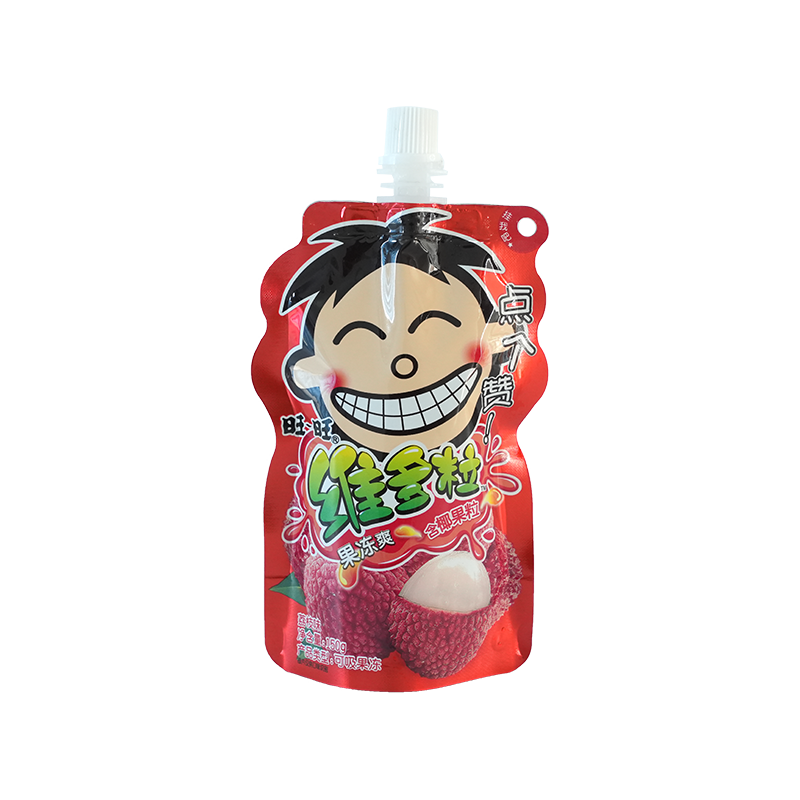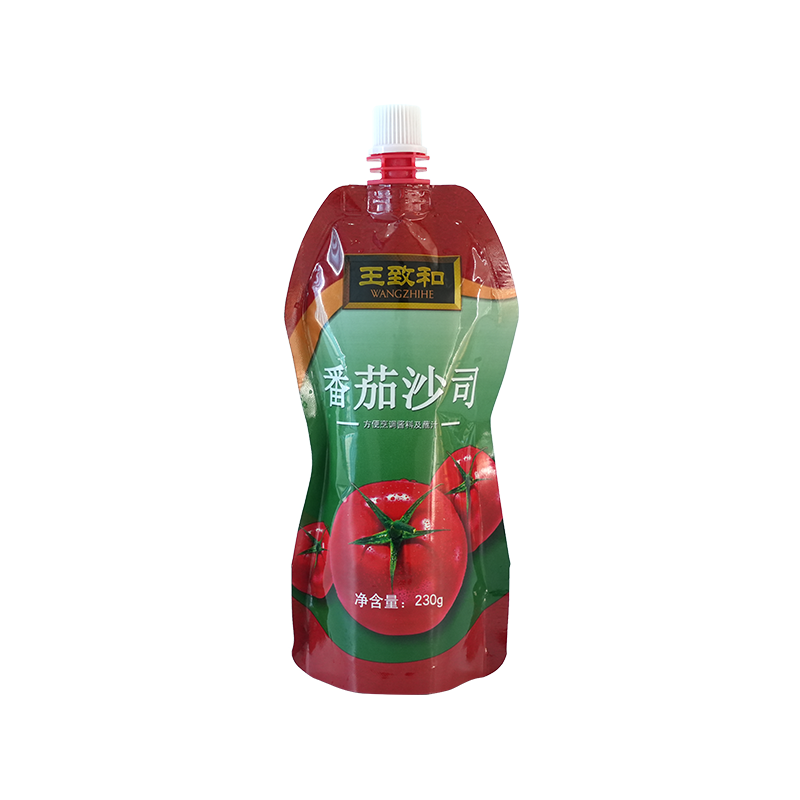The aluminum foil mask bag has become a widely used solution for storing and protecting masks, particularly in medical, industrial, and personal hygiene applications. Its ability to block moisture, bacteria, and UV rays makes it a preferred choice for preserving mask integrity. But what exactly goes into manufacturing an aluminum foil mask bag?
Primary materials in an aluminum foil mask bag
The aluminum foil mask bag is typically a multi-layered structure designed to provide optimal protection. The primary materials include:
- Aluminum foil – The core component, offering barrier properties against light, oxygen, and moisture.
- Plastic films (PE, PET, or PP) – Used for structural support and sealing.
- Adhesives – Bonding layers together without compromising flexibility.
- Ink and coatings – For labeling and additional protective layers.
Each material plays a critical role in ensuring durability, sterility, and usability.
Aluminum foil: The key barrier layer
The most essential element in an aluminum foil mask bag is, unsurprisingly, the aluminum foil layer. This thin metal sheet is responsible for blocking external contaminants, including:
- Moisture – Prevents humidity from degrading mask materials.
- Oxygen – Reduces oxidation, which can affect filtration efficiency.
- UV radiation – Shields masks from sunlight damage.
- Microorganisms – Acts as a passive antimicrobial barrier.
The foil used is usually between 6 to 20 microns thick, balancing flexibility and protection. A thicker foil provides better durability but may reduce pliability, while a thinner one ensures easier handling but may be more prone to punctures.
Plastic films: Enhancing strength and sealability
Since pure aluminum foil is fragile and prone to tearing, it is often laminated with plastic films to improve strength. The most common plastics used are:
| Material | Properties | Role in the bag |
|---|---|---|
| Polyethylene (PE) | Flexible, moisture-resistant | Inner layer for heat sealing |
| Polyester (PET) | High tensile strength, glossy surface | Outer layer for abrasion resistance |
| Polypropylene (PP) | Chemical-resistant, lightweight | Alternative middle layer |
These films are bonded to the aluminum foil through extrusion or adhesive lamination, ensuring a tight seal when the aluminum foil mask bag is closed.
Adhesives: Ensuring layer cohesion
To keep the aluminum foil and plastic films firmly attached, specialized adhesives are used. These must meet several criteria:
- Non-toxic – Safe for medical and personal use.
- Heat-resistant – Withstands sterilization processes if needed.
- Flexible – Prevents delamination when the bag is bent or folded.
Common adhesive types include polyurethane-based and acrylic-based formulations, chosen for their strong bonding and stability.
Ink and coatings: Functional and aesthetic enhancements
While not structurally essential, inks and coatings serve multiple purposes:
- Identification – Printed labels for mask type, expiry dates, or usage instructions.
- Protection – Some coatings add extra scratch or chemical resistance.
- Branding – Neutral designs for institutional or commercial use.
These are typically applied using flexographic or digital printing, ensuring legibility without compromising the bag’s integrity.
Manufacturing process overview
The production of an aluminum foil mask bag involves several key steps:
- Material preparation – Unwinding aluminum foil and plastic films.
- Lamination – Bonding layers using adhesives or heat.
- Printing – Applying necessary labels or branding.
- Cutting and sealing – Forming individual bags with secure closures.
- Quality testing – Checking for leaks, durability, and sterility.
Each stage must be carefully controlled to ensure the final product meets industry standards.
Environmental considerations
While the aluminum foil mask bag is highly effective, its environmental impact is a growing concern. Key points include:
- Recyclability – Aluminum is infinitely recyclable, but mixed-material bags complicate the process.
- Waste reduction – Some manufacturers are exploring biodegradable laminates.
- Energy use – Aluminum production is energy-intensive, prompting efficiency improvements.
Sustainable alternatives are being researched, but current solutions still rely on the superior barrier properties of aluminum.
The aluminum foil mask bag is a carefully engineered product combining aluminum foil, plastic films, adhesives, and coatings to create a reliable storage solution. Each material contributes to its protective qualities, ensuring masks remain sterile and functional until use. As demand grows, innovations in eco-friendly materials and manufacturing processes will likely shape the future of these bags.

